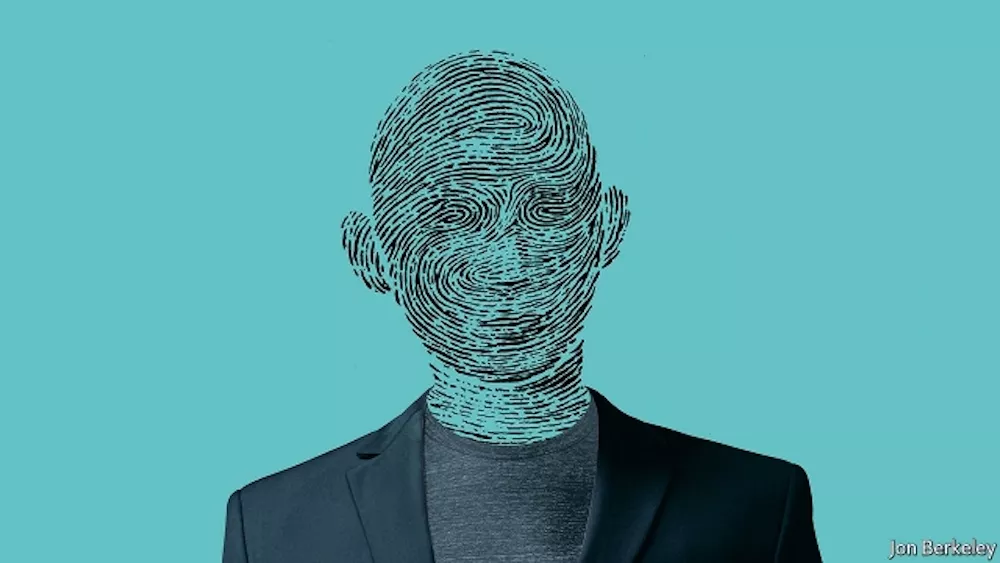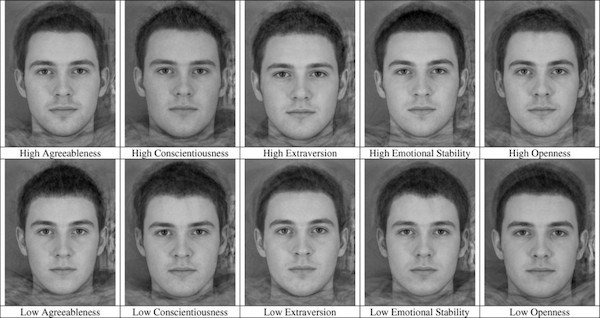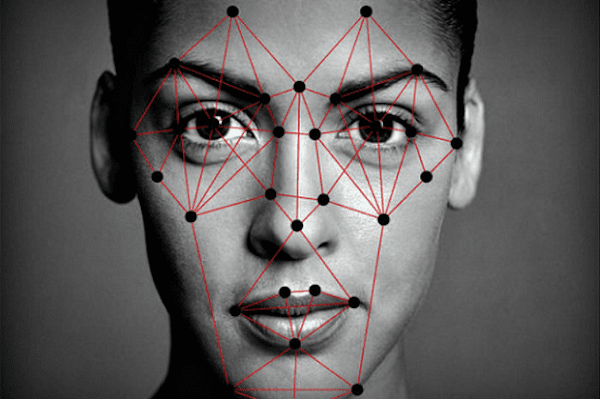Welcome to the important news site.
The human face can be considered an artistic masterpiece. The surprising variety of appearance characteristics in this part of the body is so much that it makes it possible to distinguish the faces of more than seven billion people on the planet from each other, and of course, this plays a key role in the formation of today’s advanced societies.
But the ability of the face to send emotional signals is also the same and has the same variety; Now these signals want to be unwanted facial movements or artificial laughter.
People all over the world spend most of their waking hours, wherever they are, reading faces to find out the attractiveness, hostility or trickery of the other person. Interestingly, besides this issue, people also spend a lot of time hiding their feelings.
But in the meantime, technology is also moving at a breakneck speed to be able to read the human face and understand the signs in it. In America, this technology is generally used in churches to monitor the number of attendees at religious ceremonies; In Britain, most retailers resort to it to detect thieves. Chinese authorities also use this technology to identify different drivers and even to issue permits for tourists to visit tourist sites or
Apple’s new iPhone is also designed to use it to unlock its home screen.
Of course, there is no doubt that compared to human skills, such uses may not seem so significant. Of course, some human inventions, such as flight or the Internet, have definitely been transformative in their own way, with all this face recognition technology, apparently, only the possibility of simpler encryption of these inventions has been presented to us.
Faces are unique but also have a general aspect; That is why technology does not in the first place enter the privacy of what is considered private. However, the possibility of recording, storing and analyzing the images of people’s faces at the lowest cost and the highest speed and of course on a large scale promises a day where we will witness fundamental changes in privacy, trust and justice. /p>
frontline
Let’s start with privacy. The main difference between faces and other biometric data such as fingerprints is that they can be used from a distance. In fact, anyone who has a mobile phone can use facial recognition programs by taking just one photo.
FindFace is a Russian application that compares pictures of aliens with pictures on the VKontakte social network and can identify people with 70% accuracy.
The Chinese government is also one of the other entities that keeps the facial images of its citizens; The images of half of American adults are stored in databases that are accessible and usable by the federal police. Now law enforcement organizations also have a powerful weapon that allows them to follow criminals. But all this has heavy and potential costs for the citizens.
A face is not just a name tag. This part of the body contains other information that machines can read. Of course, we must mention here that reading the information on the face does not have bad consequences. For example, some companies use facial recognition technology to detect rare genetic diseases early, including Hajdu-Cheney syndrome (a rare congenital disorder that affects connective tissues and eventually causes osteoporosis). do.
Systems that measure emotions can also create a sense of limited experience of social signals in people with autism, but as mentioned, technology also comes with threats.
For example, less violent forms of discrimination are likely to become common thanks to technology; Right now, employers choose people based on their biases, but facial recognition technology can make this more normal and give companies the opportunity to filter all applicants based on their intelligence or moral characteristics.
Public places, including stadiums, may also be forced to scan the faces of all the people in them to protect people, while considering the nature of machine learning, all facial recognition systems are impractical. Avoidance deals with possibilities. In addition, such systems may have some kind of bias or bias towards non-white people because the algorithms were prepared using data from mostly white people, and unfortunately, such biases are also present in the automatic evaluations used by judicial institutions. It is strongly seen.
Finally, continuous recording of face information and gadgets that use computerized data on the real world can also change the context of social interactions.
In other words, pretending makes daily life easier for many; If your spouse can see your every unwanted signal, like yawning, and your manager knows all your unwarranted whining, then marriages and work relationships will be more real, but less compatible.
Thus, the basis of social interactions may change from a set of obligations based on trust to a calculation that presents a set of risks and rewards from computer-generated information about a person’s face. In this case, the emotional relationships of humans also take on a logical and transactional form.
In societies, the law establishes the necessary balance between good and bad; Accordingly, European legislators have established a set of laws according to which biometric information, which includes the image of a person’s face, belongs to its owner, and its use depends on receiving the consent of the person. The laws that have been established in the Green Continent to prevent discrimination can be implemented in the case of an employer who analyzes the pictures of job applicants.
In the future, it may be necessary for the companies providing facial recognition systems to provide information to the relevant institutions for further inspections and thus prove that their systems do not act in a biased manner. On the other hand, the companies that use these systems should be held responsible for their actions.
But even the establishment of these laws cannot change the course of movement. Thanks to smart wearables, cameras are increasing day by day. Even now, efforts are being made to make facial recognition technology more universal, which includes its implementation on sunglasses to the makeup industry; According to a research conducted by the University of Cambridge, artificial intelligence can reconstruct the structures of people’s faces, and for this reason, Google has turned its back on it due to the fear of negative uses of this technology.
Of course, in the meantime, other companies have adopted a relatively mild stance towards this technology, and for example, Amazon and Microsoft both try to use their cloud services to provide this service to users, and some companies Facebook has also opened a special account for it, although it is clear that governments do not want to be deprived of the benefits of this technology.
Change is coming and we should expect great developments in this regard.
We suggest you to visit the content of Windows, Office and Android
We hope you enjoyed this Training, what do you think about this post?








